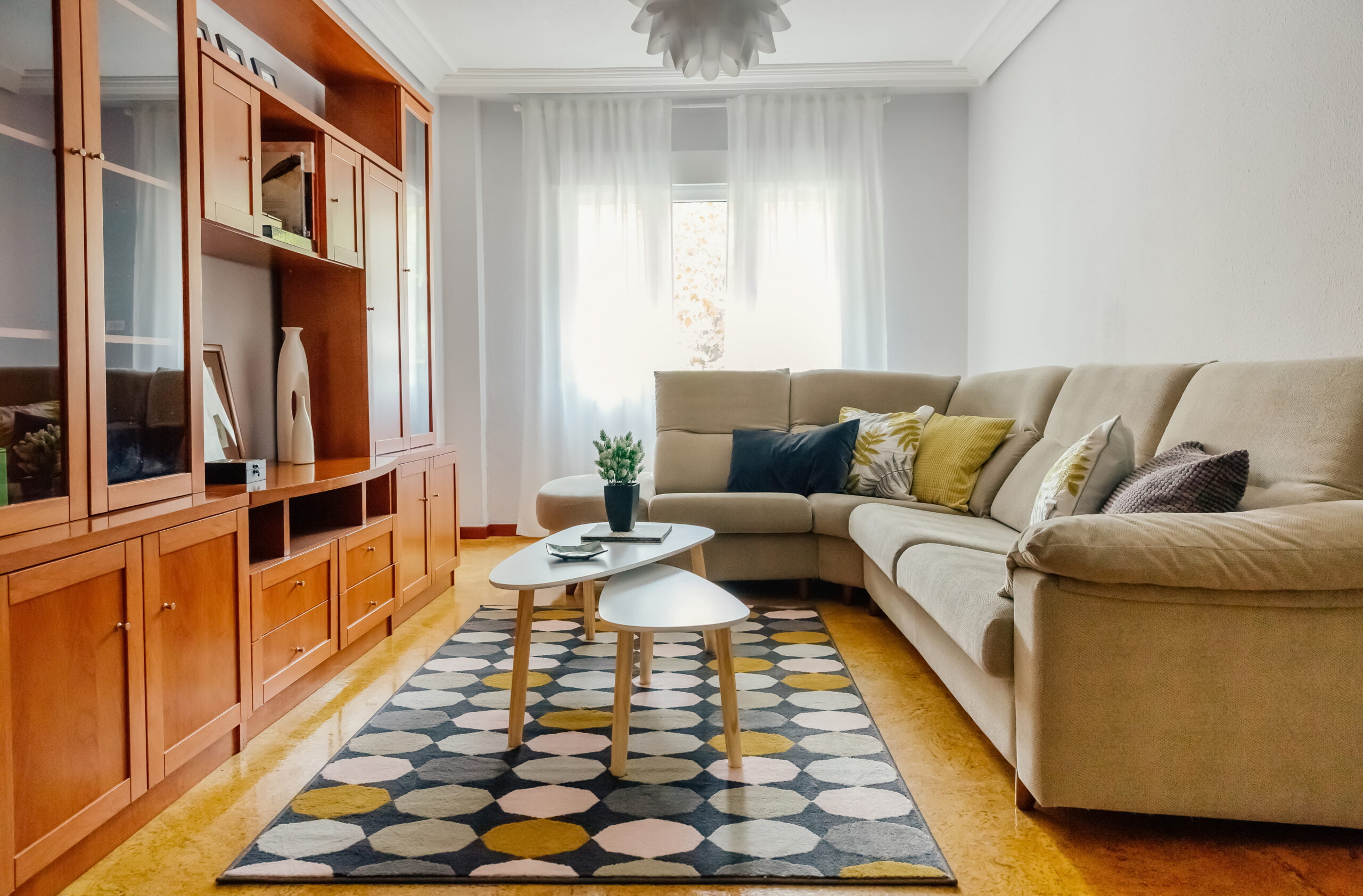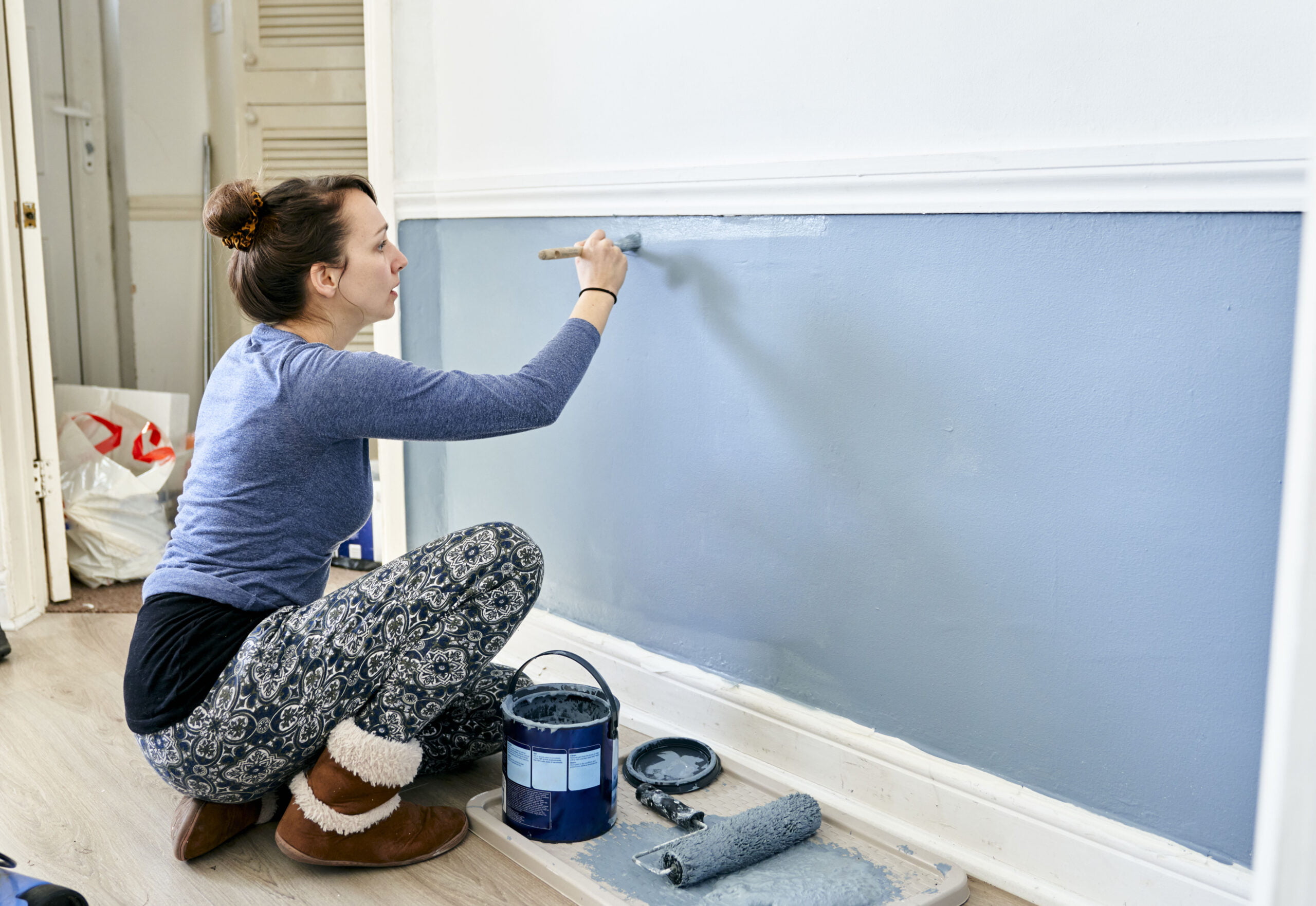As quickly as it arrived, the coldest part of the year is over. As we speed towards the summer months, whereby it’s entirely possible we may be spending much of the time within the home working, our thoughts turn to how we can enjoy cool, dry indoor air as a respite from the hot outdoors.
Most homes in the United States are fitted with an HVAC System. HVAC (which stands for heating, ventilation, and air conditioner) is a collection of appliances the work together to keep the air in the home temperate (i.e. not too hot or cold) and dry. A failure to do either of these things leads to serious complications within the home. Furthermore, the HVAC system works in a very symbiotic way, whereby if one part of it fails, the others will often overcompensate. This too can be detrimental to your home and its occupants, and so it’s important to ensure that it is all in efficient working order. Here is why your house’s ductwork matters so much.
What’s in the air ducts other than air?
The air ducts may seem like they are an innocuous part of the home’s HVAC, but they’re actually very important to any living space. As the whole point of a good HVAC system is to ensure that there is warm air within the home during the winter, and cool air during the summer, it must always be dry to the point that moisture does not cause a problem. The air ducts are responsible for ensuring that clean air is brought into the home and used or humid air is expelled from it, in a constant and natural cycle.
Air ducts are found in various points around the home but generally are in rooms that share an exterior wall. Ductwork should be regular, as maintenance is paramount for ensuring that the indoor air quality is clean and comfortable. Also, because they are essentially always exposed to the outside, it’s important to ensure that they do not get clogged by outside debris or indoor objects. It’s easy to understand what’s in your air ducts—anything that can fit through the vent will likely fall through if left close enough, such as children’s toys—but bear in mind that removing them is not quite so straightforward. So keeping the area around them is a good idea.
Old But Necessary Designs
Air ducts and air conditioning may not always fit in with modern home ideas on the aesthetic level, but they are an absolute necessity regardless, especially for those who are lucky enough to live in warmer climates. To understand why, it’s best to know how an HVAC system works, and what happens when it doesn’t.
The furnace heats up water which is sent around the home via pipes and collects in radiators. The vents and air ducts bring in fresh air from the outside, which is filtered through the air conditioning units to help keep it dry or cool it down if necessary. This air is either warmed or cooled to ensure the indoor temperature is comfortable.
What causes HVAC problems?
When something goes wrong, it’s usually because there is the presence of moisture in the air from a leak in the pipes or a faulty air conditioning unit. Since air contains water, humidity problems can arise. Humidity correlates to higher influenza rates, as it is a breeding ground for bacteria and viruses. The ducts are, in many respects, a preventative measure to ensure that the air is as clean and, therefore, dry as possible. So, regardless of if it fits with your home’s design, the home’s air ducts must be clear to allow the flow of air—cleaner air—to pass through.
For more advice on how to keep you safe inside the home, the CDC has published guidelines to help you with your HVAC units.






